:quality(80)/business-review.eu/wp-content/uploads/2018/03/Printul_W-e1520841838742.jpg)
The relation between Charles, the Prince of Wales, and Romania is one of ‘great affection’. His HRH’s great-great-grandmothers was born in Transylvania and the link between the British Royal Family was later renewed through Queen Marie of Romania. That is why, Prince Charles once joked that – as a potential descendant of Vlad the Impaler – he has a “stake in the country”. We spoke to Aura Woodward, Executive Director of The Prince of Wales Foundation Romania, about the foundation’s mission and ongoing projects with local communities and the cultural heritage of the Romanian countryside as well as about the more recent involvement in supporting Romanian soldiers’ participation in the Invictus Games.
Prince of Wales’s Foundation Romania activity & Viscri House – SEE PHOTO GALLERY
What is the mission of the Prince of Wales foundation?
The Prince of Wales’s Foundation Romania is a charity founded by His Royal Highness The Prince of Wales to support heritage preservation, farming and the sustainable development of Romania’s countryside. As of 2017, we also work to provide medical support to our wounded soldiers and training for military personnel who wish to transition to civilian life. Most of our work is practical; either hands-on courses for local people or direct engagement with farmers and communities in need.
Why did the Prince of Wales choose to help preserve the architectural heritage of Romania, instead of choosing more well-known countries in the region?
The Prince of Wales first visited Romania in 1998. In an interview for the British media he recalled that first visit and the impression it left on him: “I was confronted by something which I knew was unique but I hadn’t really been aware just how special this part of the world is in terms of his ancient patterns of life, all of which developed around a virtuous circle working with nature and producing this astonishing landscape with all its bio-diversity, the wild life, all the result of man’s magnificent relationship with nature.” Prince Charles of Wales has returned to Romania almost every year since then to support Romania’s unique architectural heritage and natural landscape, as well as other projects which can contribute to the rural development of the country.
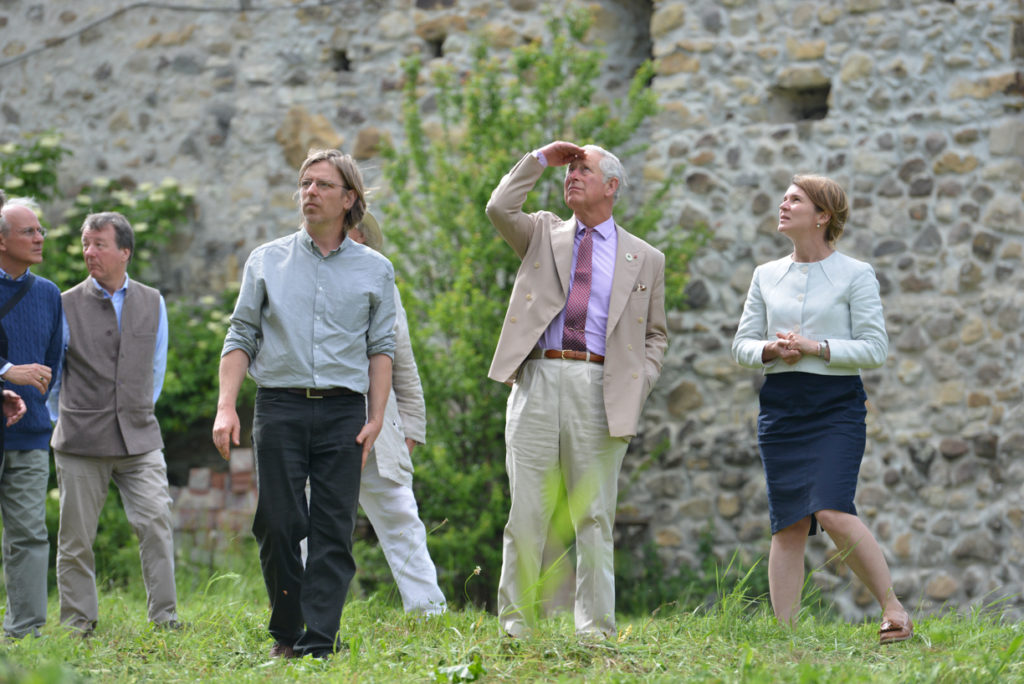
How do you define architectural heritage?
Architectural heritage is formed of historic buildings or places. For instance, in southern Transylvania (the counties of Brasov, Mures and Sibiu) we have a wonderful collection of medieval settlements, about 250 villages and a few fortified towns, all of them built from the 1200s onwards. There are dozens of extraordinary fortified churches and many thousands of houses which all have a historical value. These places were built by the Saxons, the local name given to Germanic settlers, many of whom moved to Germany after the collapse of communism. Their departure was the beginning of major economic decline for the area. So many of these formidable buildings are now crumbling. Our work focuses on training a new generation of craftspeople able to maintain these buildings, which, with the appropriate approach, we think could help economically regenerate many of those villages.
“The Prince of Wales did not choose Viscri, it just happened to be Viscri”
Why did you choose Viscri and what else, apart from this region did you choose
to preserve and promote?
We are often asked “why did The Prince of Wales choose Viscri?”. The short answer is that The Prince of Wales did not choose Viscri, it just happened to be Viscri. In 2006, His Royal Highness decided to purchase a property in southern Transylvania, as an encouragement to others to invest in the region and
contribute to the preservation of this amazing heritage. At the time, The Prince of Wales was the Patron of an organisation called The Mihai Eminescu Trust (The Prince of Wales was Patron of MET from 2003 – 2013). One of the executives of MET lives in Viscri and I believe that that’s how the suggestion
came about. It could have been any other village and any other house. The message would been have the same. The Prince of Wales House in Viscri, as it is known, is now the HQ for His Royal Highness’s Romanian Foundation. We are very keen to stress out that our doors are largely open to communities from across the country, not just Viscri and not just Transylvania. Indeed, we have had students and apprentices coming to our courses from Constanta, Bucovina, Moldova, Bucharest and southern Romania as well as Transylvania.
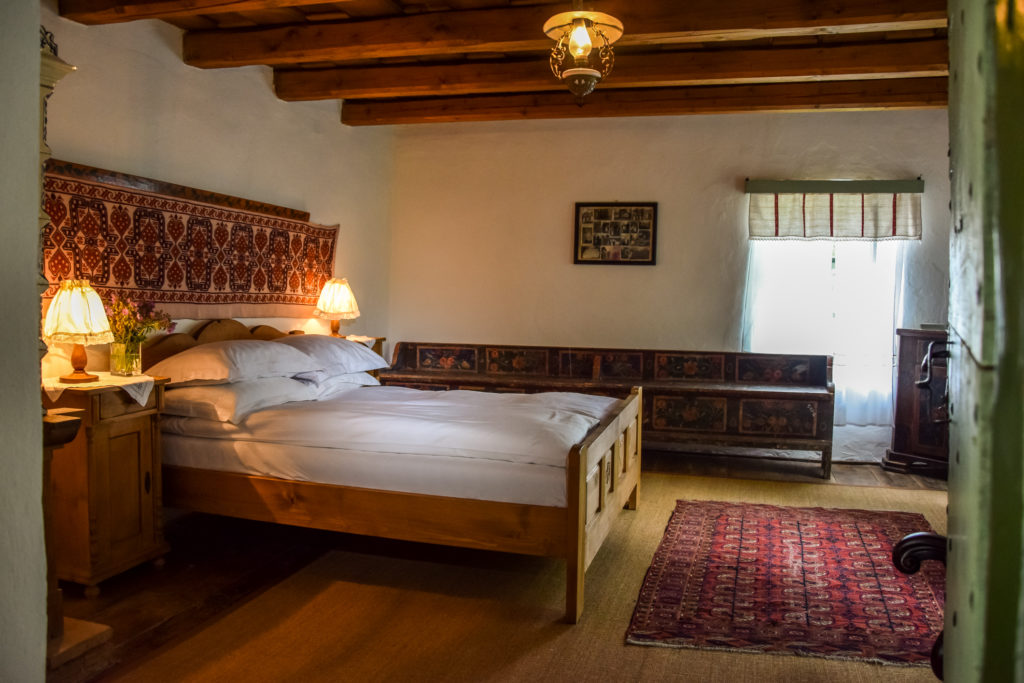
The Prince of Wales has said that he is a descendent of Vlad the Impaler and therefore joked that he has a “stake in the country”; however we had to disappoint him a little when we told him that it does not translate the same into Romanian.
How would you describe the relation the Prince of Wales has with Romania?
One of great affection! I have worked for His Royal Highness for nearly 15 years. (Previously I was the Director of a UK based charity called INTBAU which works under the patronage of The Prince of Wales to support traditional architecture around the world.) I joined The Prince of Wales’s office in 2014 initially as a consultant on Romania and later as the Executive Director of The Prince of Wales’s Foundation Romania. I am the only Romanian national at the Palace of St James in London and the affection that The Prince has for our country is well known within the Palace. Throughout my time working for His Royal Highness I have been amazed to see how much knowledge The Prince has about Romania, anything from our history and the variety of unique flowers, architectural patterns in the countryside to the Carpathian Mountains.
Of course, The Prince of Wales has family connections with Romania as well. One of HRH’s great-great-grandmothers was born in Transylvania and more recently Queen Marie of Romania made that very close link with the British Royal Family. The Prince of Wales has said that he is a descendent of Vlad the
Impaler and therefore joked that he has a “stake in the country”; however we had to disappoint him a little when we told him that it does not translate the same into Romanian.
What are the values that attracted the Prince of Wales to the Romanian countryside?
Its uniqueness, its variety and the very clear harmony in man’s relationship with nature. I think that this is a huge asset for us a country, and while we should be proud of having such bio-diversity we should also be committed to preserving it for our children and grand-children.
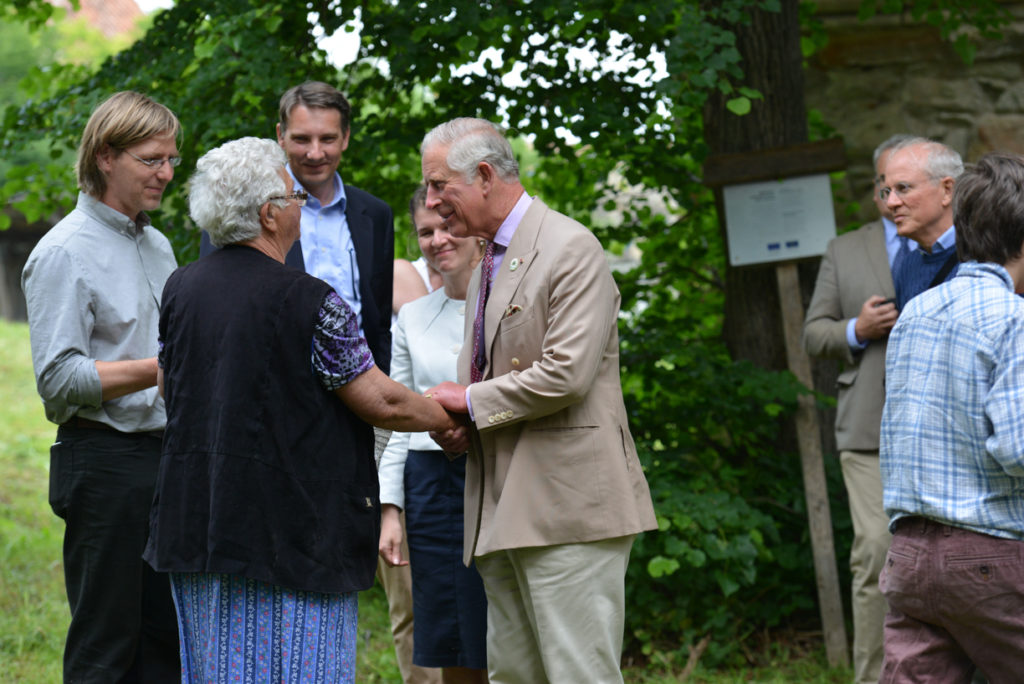
Does the foundation work directly with the local authorities? What support does the foundation offer?
The Prince of Wales’s Foundation Romania is a Romanian registered charity. We are here to try to create opportunities for a better life for many individuals and families, so they can secure jobs in the heritage sector, farming and other areas of interest for us. In this effort we sometimes partner with other organisations and also with official bodies which share our values. All our support goes to individuals, who may need training, equipment or tools to be able to secure a job. At times we liaise with local authorities who could help with logistics on the ground or even recruitment of local people who attend our
programmes.
What is the total investment of the Prince of Wales Foundation in its activities so far?
The Prince of Wales’s Foundation Romania is three years old. Over this period we have raised just over GBP 1 million for our work in Romania.
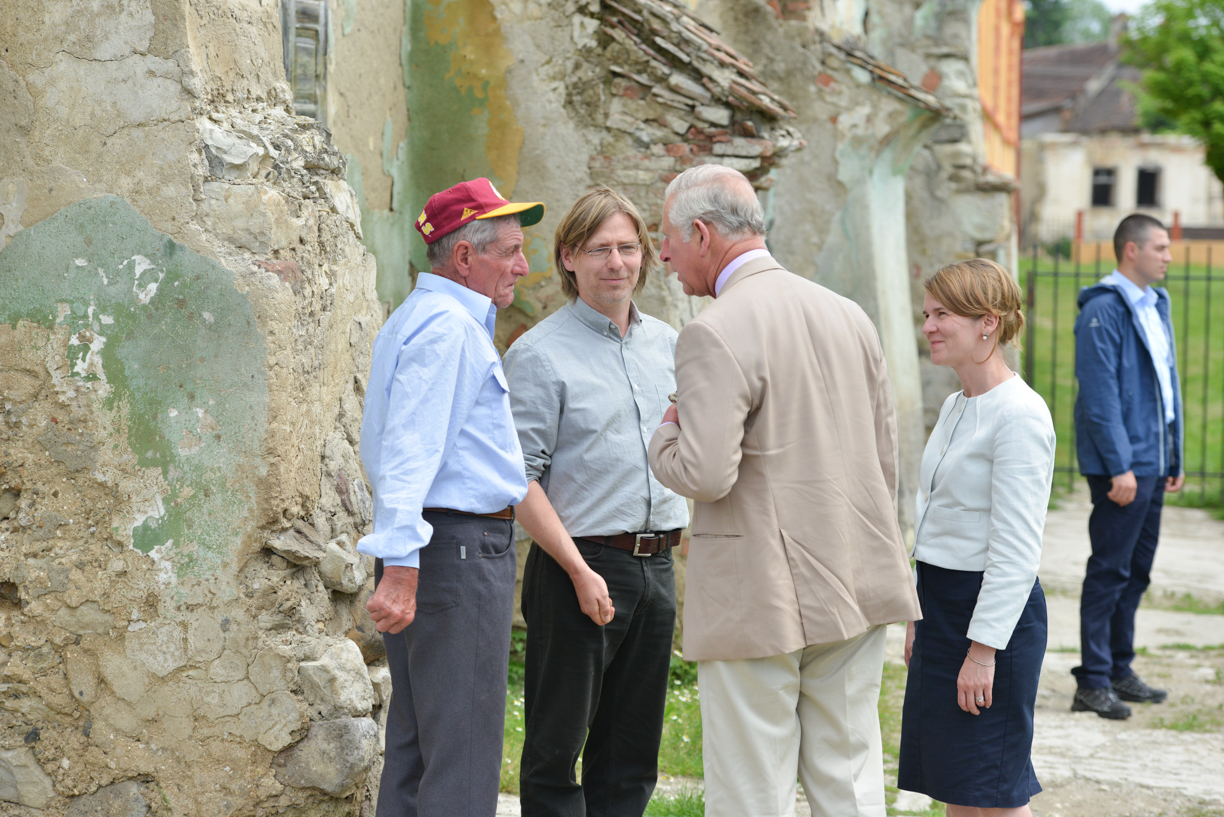
What are the main projects you are working on this year?
The main areas of work this year are heritage preservation, farming, the military and a social programme.
On the heritage programme – most of our work is focused on training a new generation of craftspeople in Southern Transylvania, where we have a unique collection of about 250 villages and 180 fortified churches built from the 1200s onwards. In this way we aim to both facilitate employment and contribute in a
tangible way to the preservation of local heritage.
In terms of farming, we are currently undertaking a survey across five historic regions of Romania (Transylvania, the Danube Delta, Maramures, Bukovina and Banat) to map artisan food. The programme is designed to support small farmers and producers to grow their business. We work with the industry to bring this food to restaurants and cafes. We will also use this opportunity to be actively involved with Sibiu Gastronomy Region of Europe 2019. Our social programme benefits a small community near Sighisoara which lives on the poverty line. We support dozens of local families to grow their own food,
and are also offering scholarships to children to return to school. We have also recently initiated a programme in support of Romania’s wounded soldiers, and of military personnel who wish to transition to civilian life.
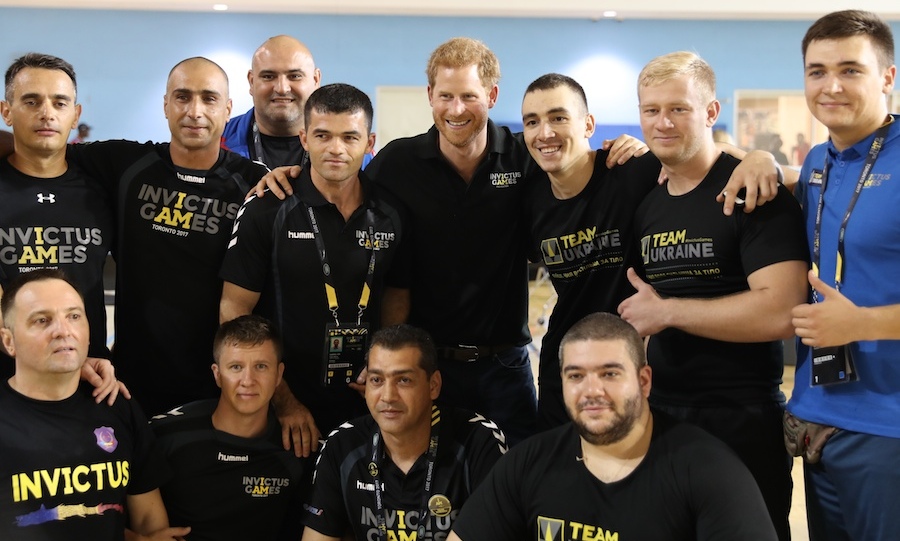
There are two strands of work – medical support for those wounded or struggling with
their mental health, and re-training courses. The courses will be delivered in my home town of Cluj, or via distance learning, through Babes Bolyai University. This new area of work started last year with a letter from the wife of Laurentiu Serban, a Romanian officer who had been badly wounded in Afghanistan. He
had been selected for the first Romanian team to participate in the Invictus Games – which, as you may know, is an athletics tournament for wounded soldiers set up by Prince Harry – but was in need of funding for a running ‘blade’ and other specialist equipment. The Prince of Wales immediately agreed to fund him, as well as two other soldiers in a similar position, to enable them to attend. While that particular story had a wonderful outcome – he became Romania’s first ever Invictus Games medallist – the experience highlighted that Romania has little support, and no dedicated charities, for wounded soldiers. This is outside our previous experience as an organisation, but we have access to some fantastic expertise in the UK, and are working closely with the Romanian Army, and together we’re trying to start getting more support into place.
What are the favourite dishes/ products of the Prince of Wales when visiting Romania?
I don’t know The Prince of Wales’s favourite dishes but I know that he is keen to try local produce. Last year, at our Centre in Viscri, we invited a few local farmers and producers of meat, cheese and honey. The Prince tried and enjoyed them all, but he is particularly fond of our honey.
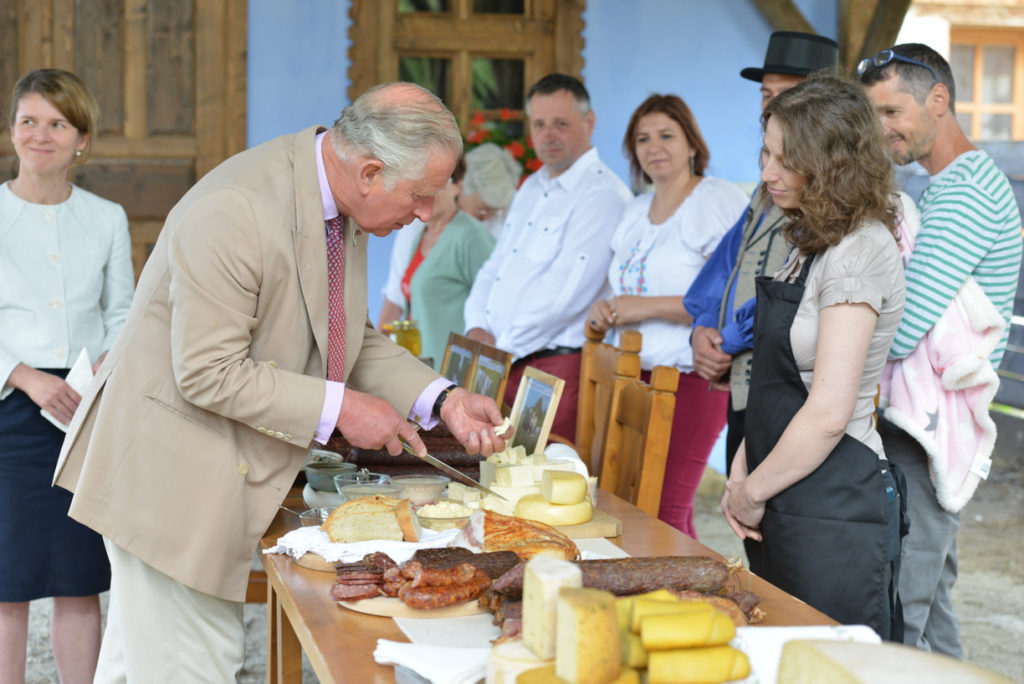
Why is it important to support entrepreneurship in the countryside? Does the Romanian countryside have the potential to generate start-ups?
To my mind business development in rural areas is key to truly transforming our country. At present, Romania has about twenty million people living in the country, of whom nearly half are based in rural areas. I desperately hope that we will see more public investment to develop the local infrastructure. But we also need small businesses which can generate much- needed jobs for local people. That’s why we hope that preserving wonderful medieval churches could help not just culturally but economically as well, as those buildings could become tourist attractions which could lead to the creation of cafes, bed and breakfasts, guided tours, a market for local artisan products made by local people and generating an income for them. Before we start a project we always ask ourselves how can we facilitate
economic development? What can we do to bring skills and knowledge, sometimes confidence, to a community to facilitate employment and the creation of a small business? I have recently met some inspiring small farmers who already have a business and we are working with them to grow their enterprise so they can access new markets and secure investments.
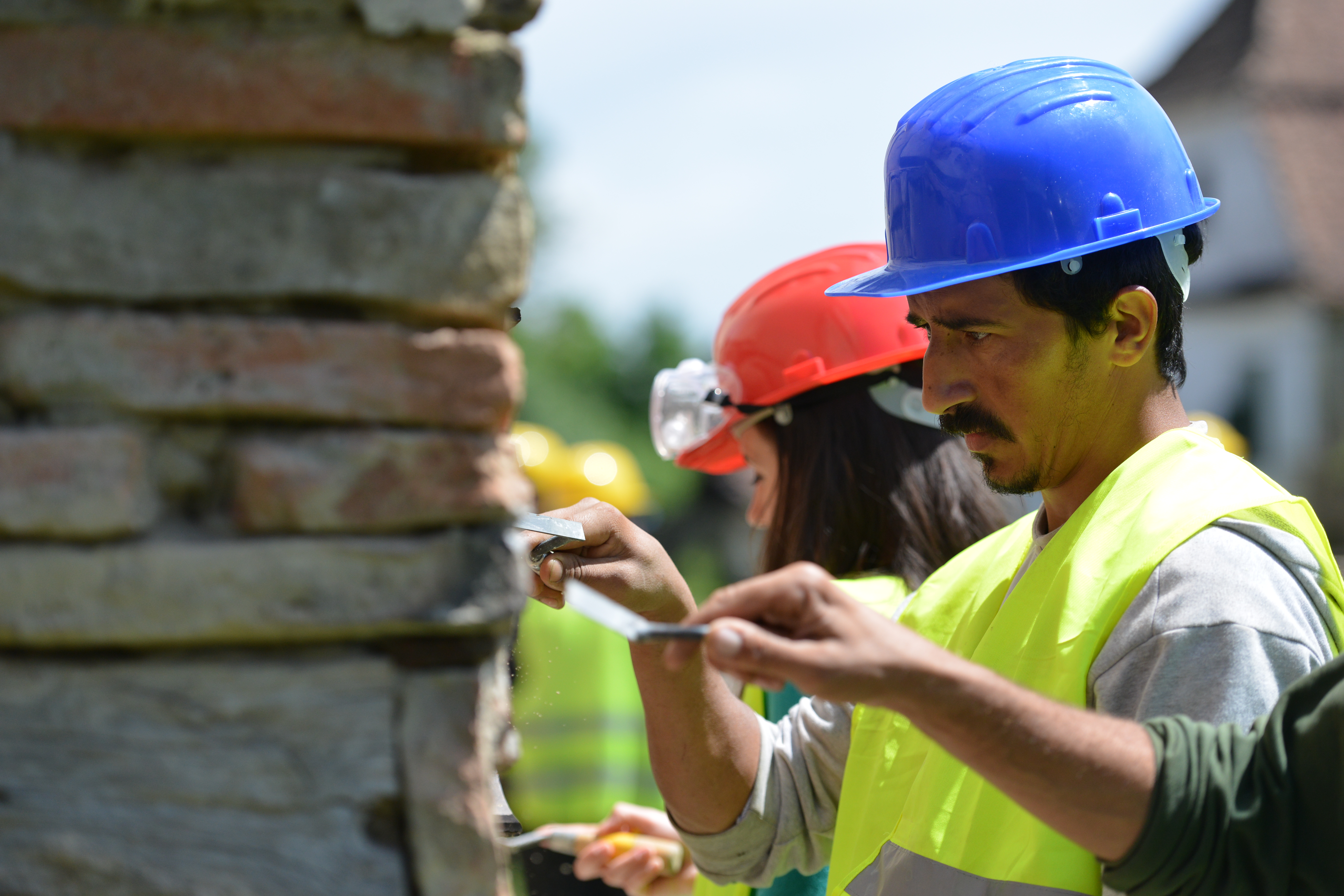
What are your future plans for the foundation? Are you considering expanding to other regions?
The Prince of Wales’s Foundation Romania will continue to expand its work in a measured way. Our current farming project already has a second stage when we will try to select a number of initiatives which we will support directly. The programme for our soldiers will start making a tangible impact this year. Our heritage programme will continue to provide training to local people and this year we intent to work in a new area, near Medias.
The HQ of The Foundation remains in Transylvania but we do support other projects in other parts of Romania. For instance, we work with Pro Patrimoniu for the restoration George Enescu’s childhood home in Mihaileni, Moldova, and also to restore a number of wooden Orthodox churches in Oltenia. And our farming project engages with people from across the country.



:quality(80)/business-review.eu/wp-content/uploads/2023/08/One-Floreasca-City-2-scaled.jpg)




:quality(80)/business-review.eu/wp-content/uploads/2024/02/IMG_6951.jpg)

:quality(80)/business-review.eu/wp-content/uploads/2024/04/COVER-1.jpg)



:quality(80)/business-review.eu/wp-content/uploads/2024/04/cover-april.jpg)
:quality(50)/business-review.eu/wp-content/uploads/2024/04/ROMTEXTIL-2.jpg)
:quality(50)/business-review.eu/wp-content/uploads/2024/04/WhatsApp-Image-2024-04-25-at-3.30.13-PM.jpeg)
:quality(50)/business-review.eu/wp-content/uploads/2024/04/Irina-Peptine_Schneider-Electric-scaled.jpg)